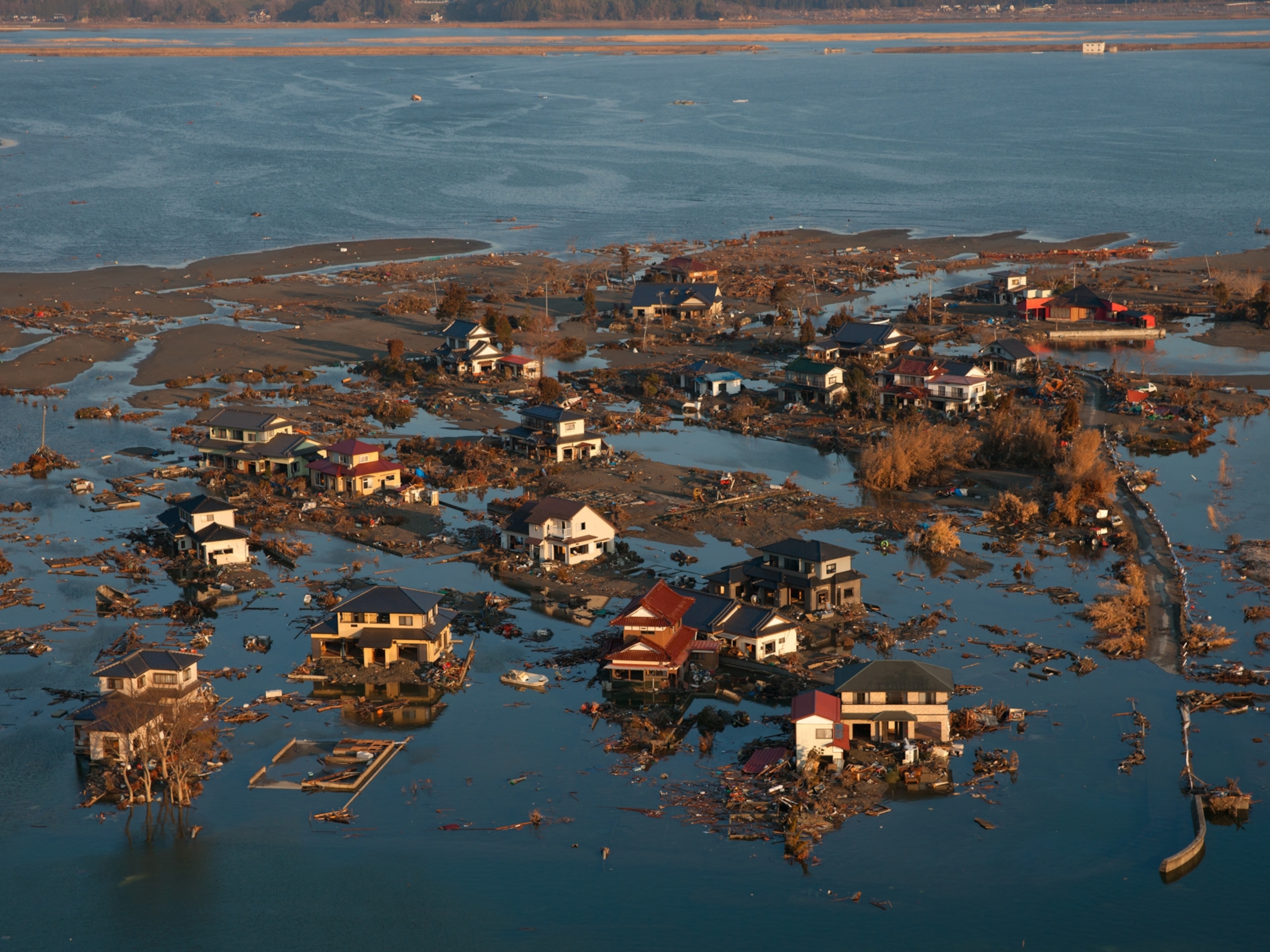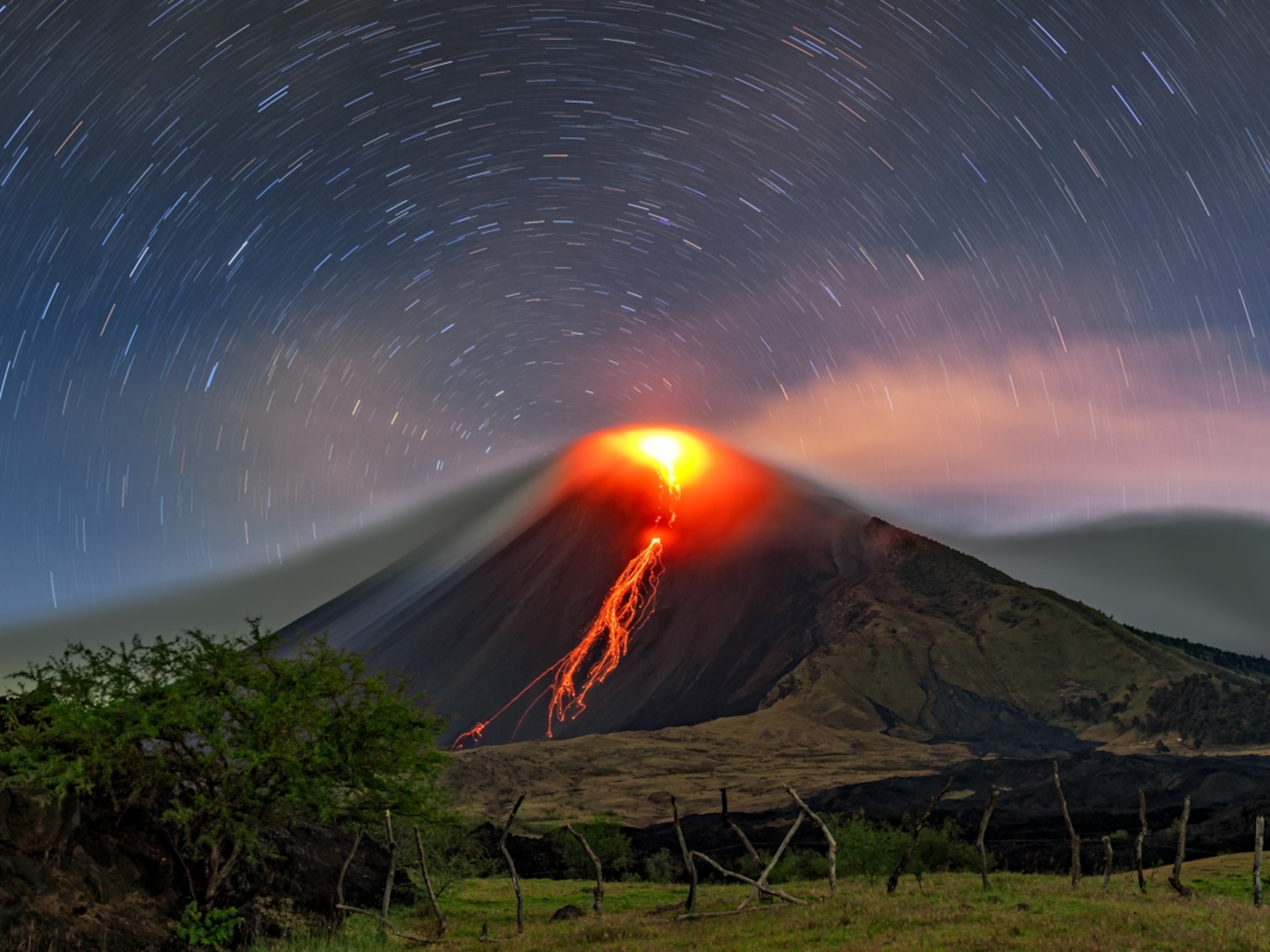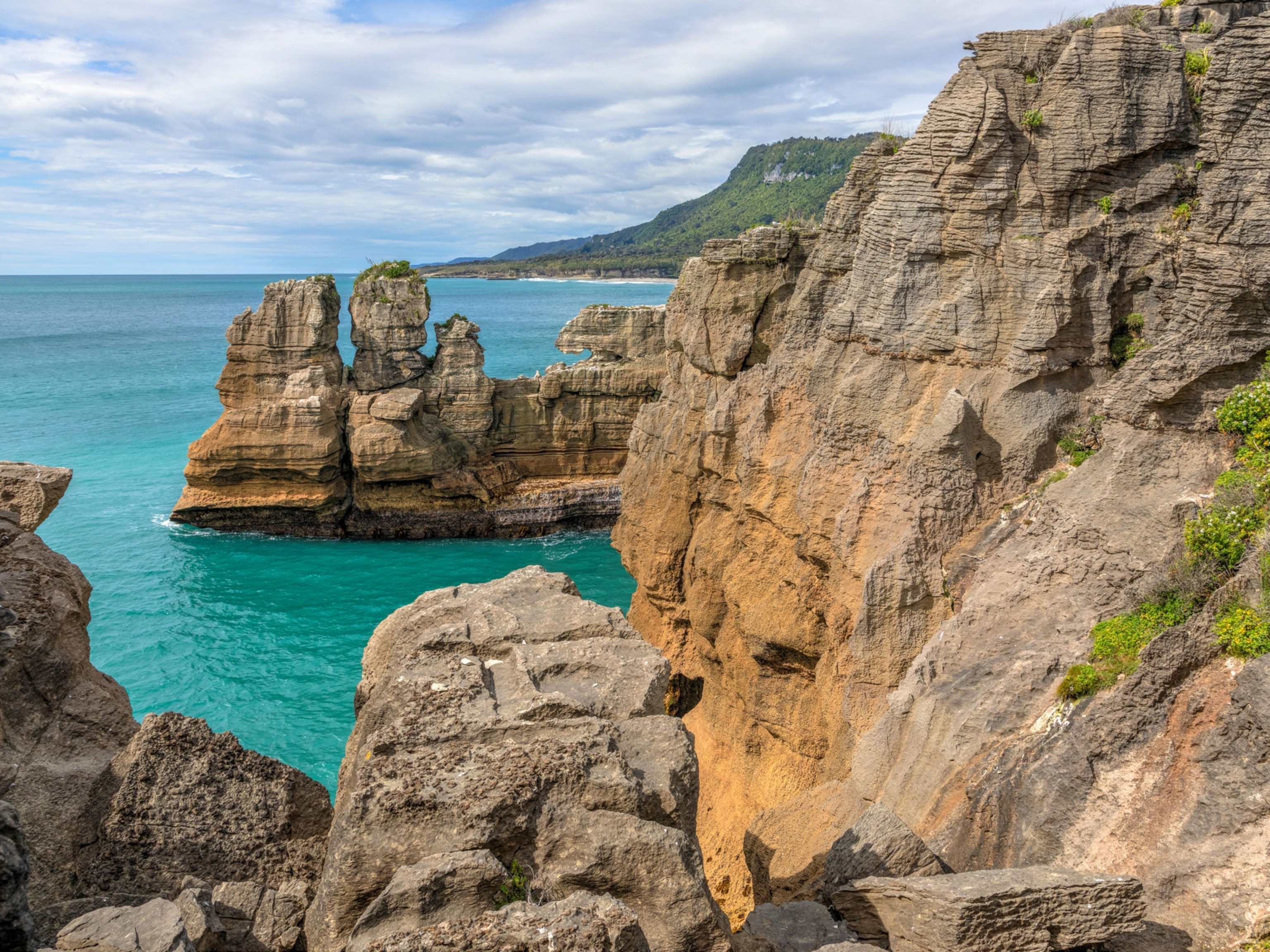
Greece and Turkey earthquake driven by wild tectonics of the Aegean Sea
The magnitude 7.0 temblor occurred in an area of complex geologic movement, where multiple tectonic plates crack the surface as they jostle for position.
On October 30, when a powerful magnitude 7.0 earthquake struck under the Aegean Sea, dozens of buildings collapsed and water rushed into the streets of the coastal city of Izmir, Turkey, and on the island of Samos, Greece. At least 14 people have died and more than 400 were injured.
This region is no stranger to earthquakes, with a written record of tectonic destruction stretching back centuries. But while many earthquake-prone places around the world can trace their seismic activity to the meeting of just two main tectonic plates, the situation is far messier around the Aegean. The source of all the shaking is instead a complicated geologic jigsaw that makes up the area, cut through with a web of faults.
"This is definitely one of the most complex regions in the world," says Joao Duarte, a marine geologist from the Instituto Dom Luiz at the University of Lisbon.
The tectonic complexity behind these events makes it even more challenging to understand hazards in the region, says Laura Gregory, an earthquake researcher at the University of Leeds in the U.K.
"There isn't one big fault that we can focus on, but instead many faults located over a huge area, most of which could cause a devastating earthquake like today's," she tells National Geographic through direct messages on Twitter.
Squeezed like a seed
The many shifting tectonic plates and other seismic forces at play prime the region for frequent earthquakes. A temblor with an estimated magnitude of 7 previously struck near the city of Izmir back in 1688. That quake shifted the landscape so much that the surface dropped by more than a foot, and the shaking toppled buildings and ignited fires—killing up to 16,000 people.
In 1903, a magnitude 8.2 earthquake struck near the Greek island of Kythira, representing one of the largest Mediterranean quakes recorded by modern seismic instruments. And between 1993 and 1999, multiple devastating quakes greater than magnitude 7.0 struck along the northern zone of the Anatolian plate, the main tectonic segment that lies under Turkey.
Geologically speaking, this region is wedged between the zone where the African, Eurasian, and Arabian plates meet up. To the east of the Aegean, the Arabian plate collides with the Eurasian plate, shoving up a series of mountains including the Zagros, a range that runs through Iran, Iraq, and Turkey. The colliding plates also send the Anatolian plate westward, as if it "is being pushed out like a watermelon seed between two fingers," says Robert Stern, a tectonics expert at the University of Texas at Dallas.
The latest earthquake struck roughly 13 miles beneath the Aegean seafloor, some nine miles off the shore of Samos. This relatively shallow depth meant that strong shaking was felt on both the Greek island and in cities along the Turkish coast. The epicenter sits at the western edge of the Anatolian plate, where the rocks at the surface are being stretched like putty. This stretching produces a series of deep fractures in the ground, and movement along one of these cracks set off the recent temblor.
The reason this region is stretching apart like this “is highly debated," Ezgi Karasozen, a seismologist at the Alaska Earthquake Center whose doctoral research focused on earthquakes in Iran and Turkey, says via email. There is likely some combination of three main forces behind the extension, she notes.
One source comes from the watermelon seed effect, which causes what Karasozen calls "escape tectonics." As the larger Arabian and Eurasian plates shift around the Anatolian plate, the crustal rock gets shoved and squeezed.
Another major source of stretching is known as slab rollback, which occurs when one tectonic plate curls down under another and into the mantle, Robin Lacassin of the Institut de Physique du Globe de Paris says by direct message on Twitter. You can envision slab rollback by placing your left hand flat on top of your right and slowly curling the fingers of your right hand—that's the slab dropping back and down into the deep.
This movement tugs at the overlying plate, and the resulting stretching is called "slab suction," Duarte says, because the underlying plate essentially sucks at the surface rocks. This process happens as the African plate dives under the western half of the Anatolian plate, under the Aegean Sea.
Another likely force at play could be a fairly simple one: gravity. The center of the Anatolian plate is thick, which means "everything wants to kind of sink down and expand around the edges," Gregory says.
Scientists are now puzzling over this latest event, which is unusually large for the region where it struck, Karasozen says. As teams monitor for aftershocks, which continue to rumble through, the data promises to help future scientists better understand the hazards woven into the region's wild tectonics. Only by studying both past and current events can scientists hope to improve their understanding of the risks around the Aegean and potentially, one day, forecast the quakes of the future.





